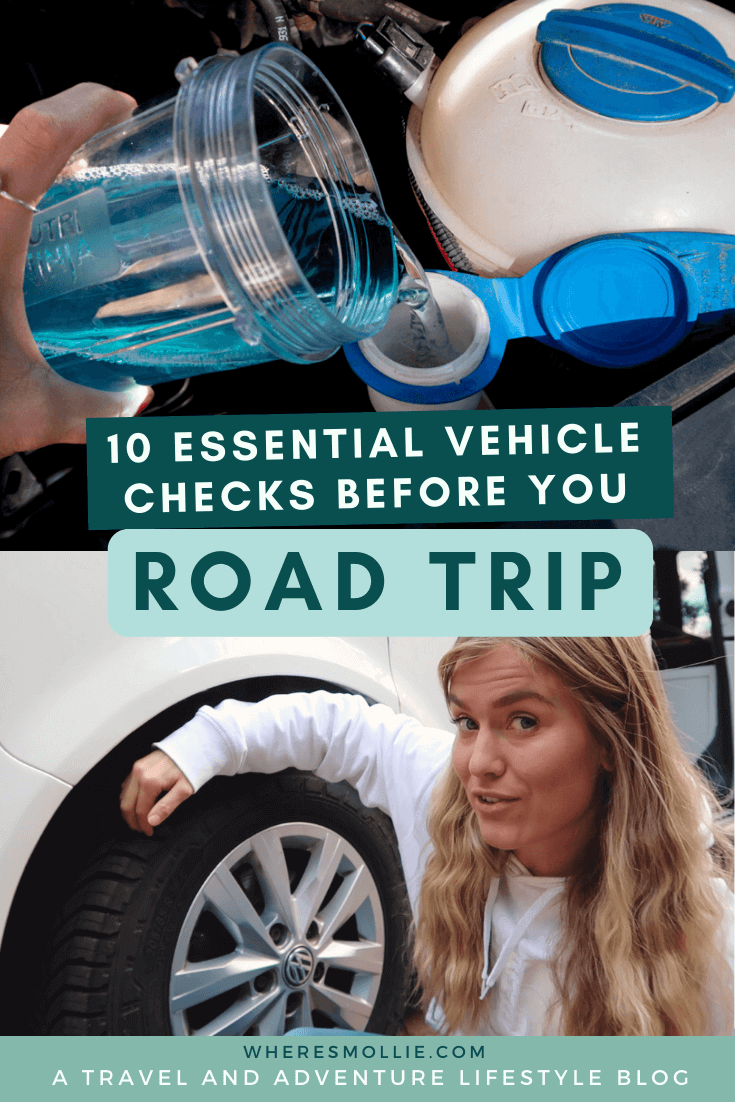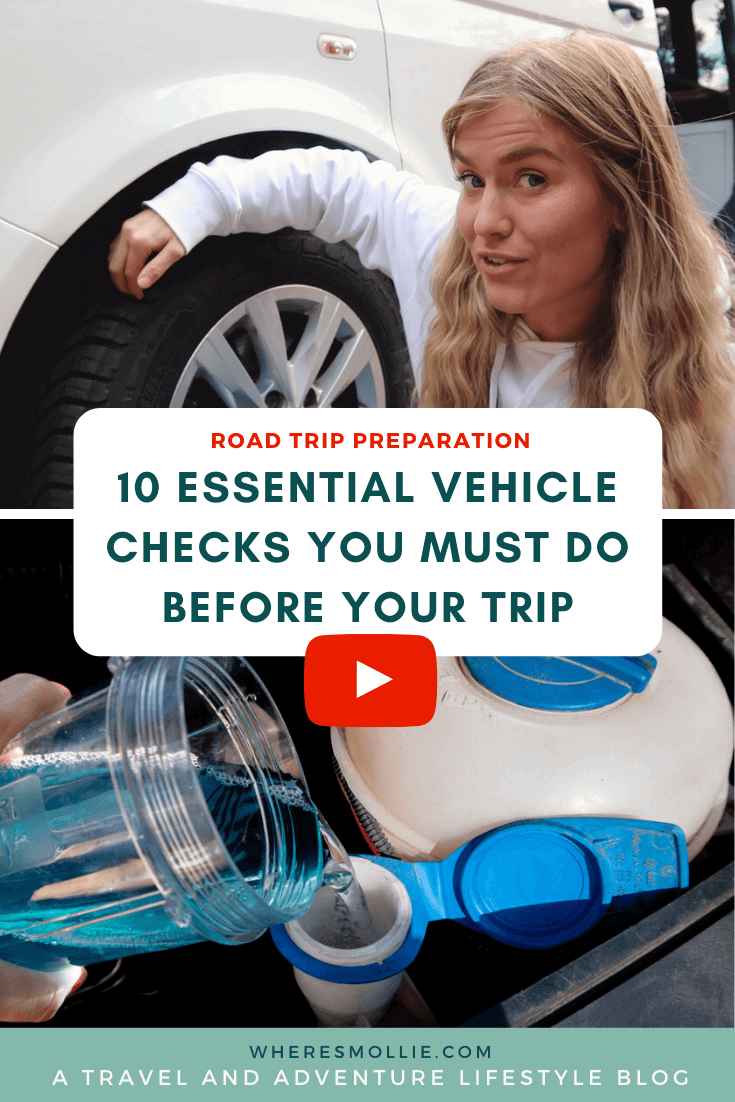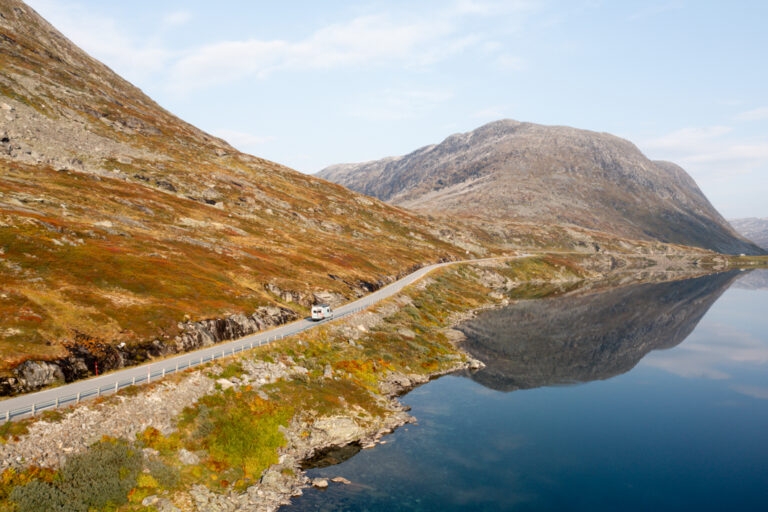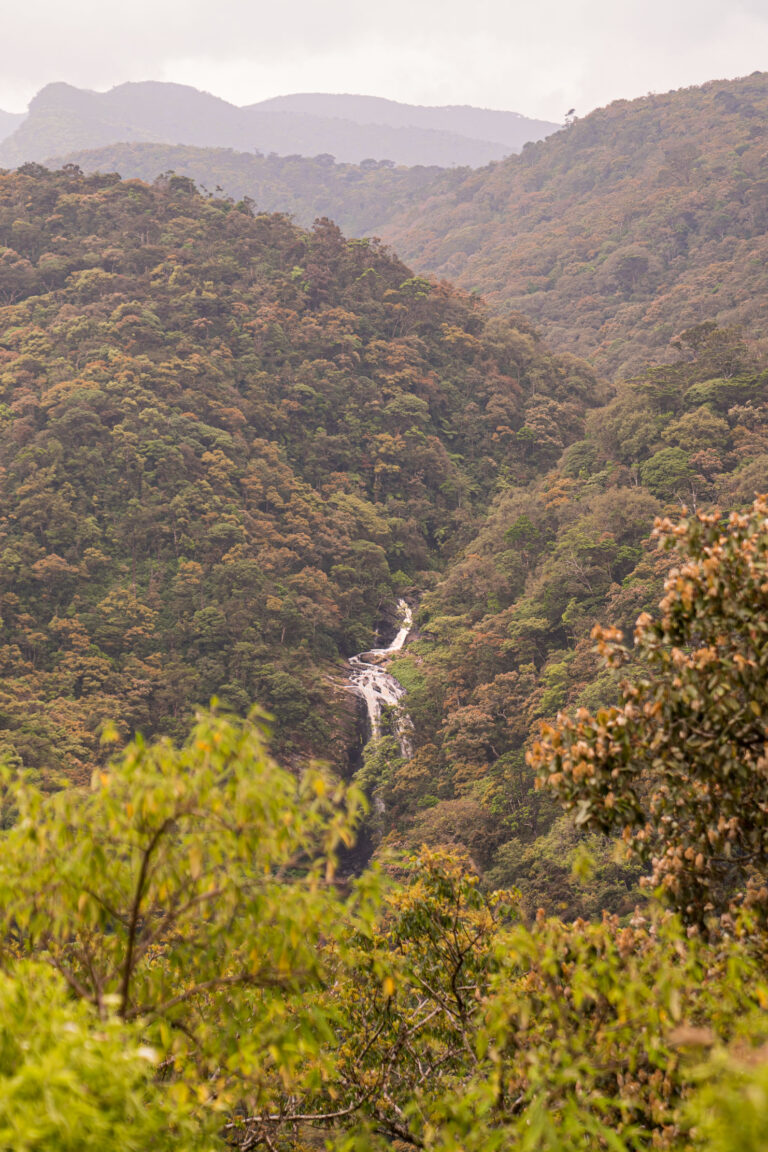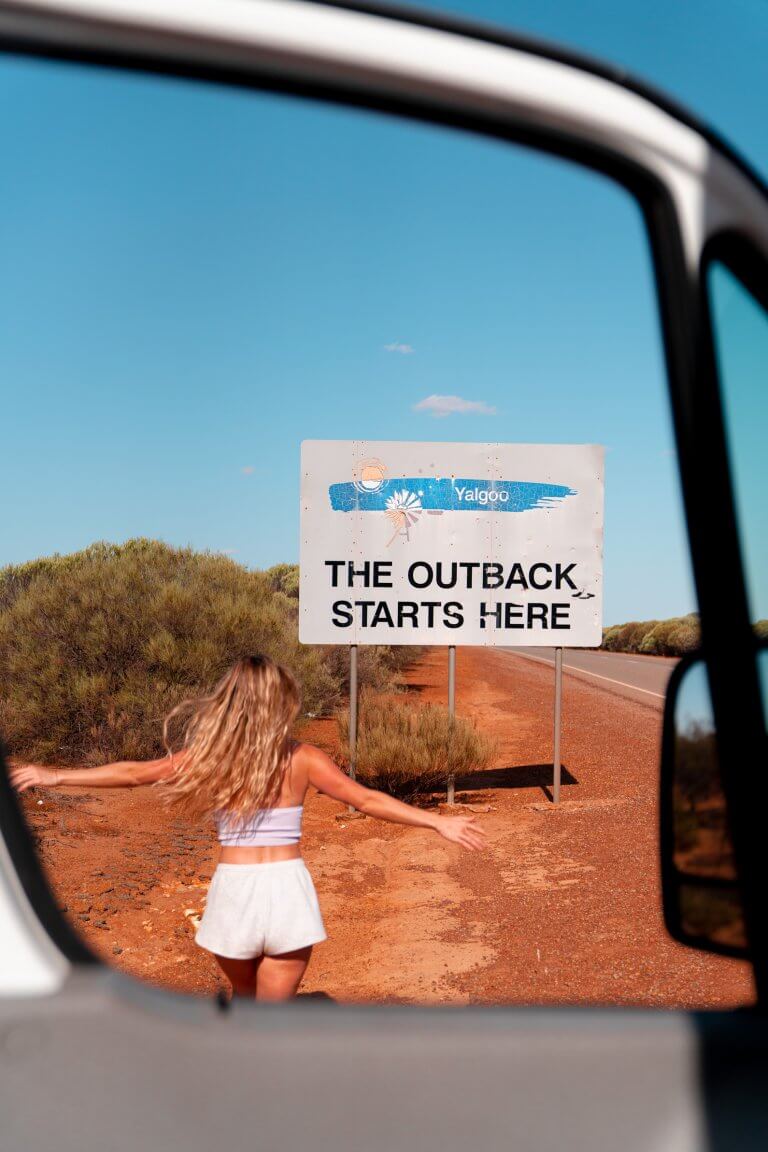10 essential vehicle checks before a road trip
Regardless of whether you’re heading out on a road trip, it is so important to routinely check your vehicle and to do these essential vehicle checks to make sure it is safe for the road.
If you are planning a road trip, it is even more important to make time for these essential checks before you set off. Why? Usually, road trips involve heavier loads and longer distances so there’s more strain on your car and, you’ll be further from home.
The great thing about these basic vehicle checks though, is that you don’t need to be a mechanic to complete them.
You can do these essential vehicle checks yourself.
I’ve just converted @wheresmolliesvan (see my van conversion series on YouTube) and so, in preparation for van life, I took the time to run all of these checks and to get to know my vehicle a little better. Whilst doing so I created a vlog for you to use as a road trip checklist.
Road trips are the best, right? But not so much when you break down and you’re sat waiting for help on the roadside. So take some time to get to know your vehicle ahead of your road trip and get some peace of mind, knowing that you’re putting your best foot forward.
In this blog post, I’m going to share a list of the essential vehicle checks that you should do before you head out on a road trip to minimise anything going wrong and to maximise the fun on your next road trip adventure.
I would highly suggest doing these vehicle checks within good time of your road trip so that you leave yourself with enough to time to buy any products, make any fixes and seek any additional help/advice necessary.
Before setting off on a road trip, also make sure your MOT and insurance is valid and that you have the documents to hand.
Essential vehicle checks before a road trip
IN THE BONNET
1. Engine Oil
The first thing we want to check is the engine oil. Look for the yellow handle on the dipstick and pull it out completely. Wipe clean with a cloth and then reinsert so that you have a clear reading. You want your engine oil to be between the minimum and maximum markers to keep your engine lubricated.
If you’re unsure on how to check engine oil, you can watch my step-by-step video guide here.
2. Engine coolant
Engine coolant is located in the reservoir (mine has a blue lid) and has min and max markings to show the level your fluid is at. You want your engine coolant to be as close to the maximum mark as possible before you head out on your road trip. Engine coolant is used to prevent engine damage from overheating or freezing. Engine coolant is often known as antifreeze.
If you’re unsure on how to check engine coolant, you can watch my step-by-step video guide here.
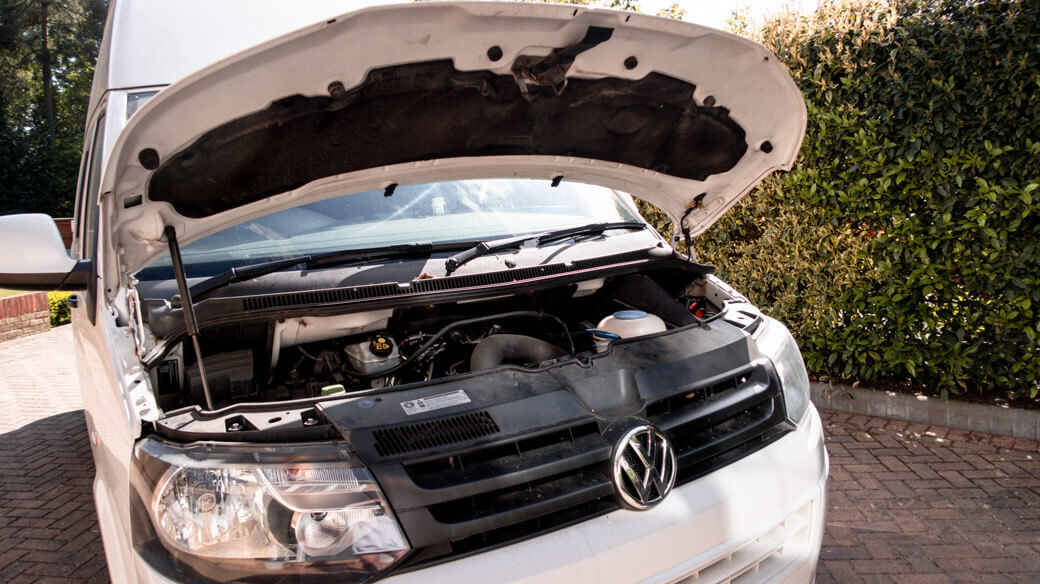
https://www.facebook.com/plugins/like.php?href=https://weareglobaltravellers.com/2020/05/essential-vehicle-checks/&layout=standard&show_faces=false&action=like&colorscheme=light
3. Brake fluid
The brake fluid cylinder is located on the driver’s side of the car bonnet and has min and max indicator lines. Again you want to make sure you brake fluid is between the two and as close to the max as possible before you head out on your road trip.
Use only the brake fluid with the DOT specification recommended in your owner’s manual. There are three main specifications: DOT 3, DOT 4 and DOT 5, each having its own properties. Make sure you seek assistance if you’re unsure which fluid to top up with.
4. Screenwash fluid and wipers
Next thing you want to check is that you have enough screenwash fluid and that should you need to clean your windscreen, you have the liquid and the wiper movement to do so.
You can either but pre-mixed screenwash solution or concentrate (less to carry). I topped up my screenwash with 3 parts water, 1 part Michelin screenwash.
Tip: For winter driving, make sure you have the correct dilution/product to prevent the fluid from freezing.
* This blog post is sponsored by Michelin. I am working with Michelin to show you they are more than just tyres and that they have many products that will enhance your lifestyle and life on the road.
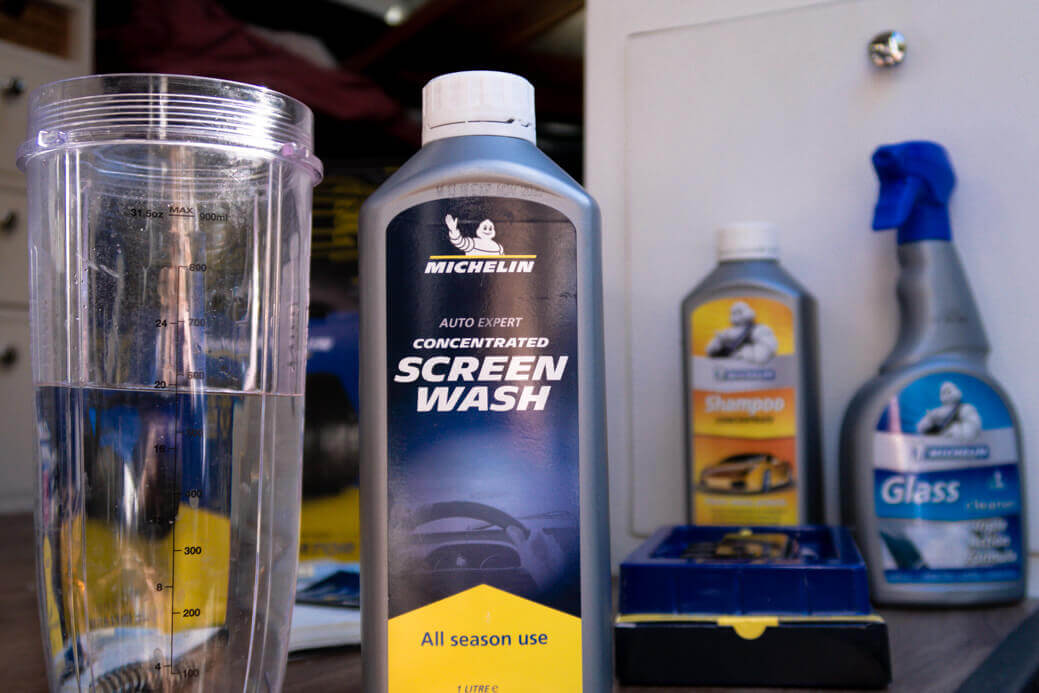
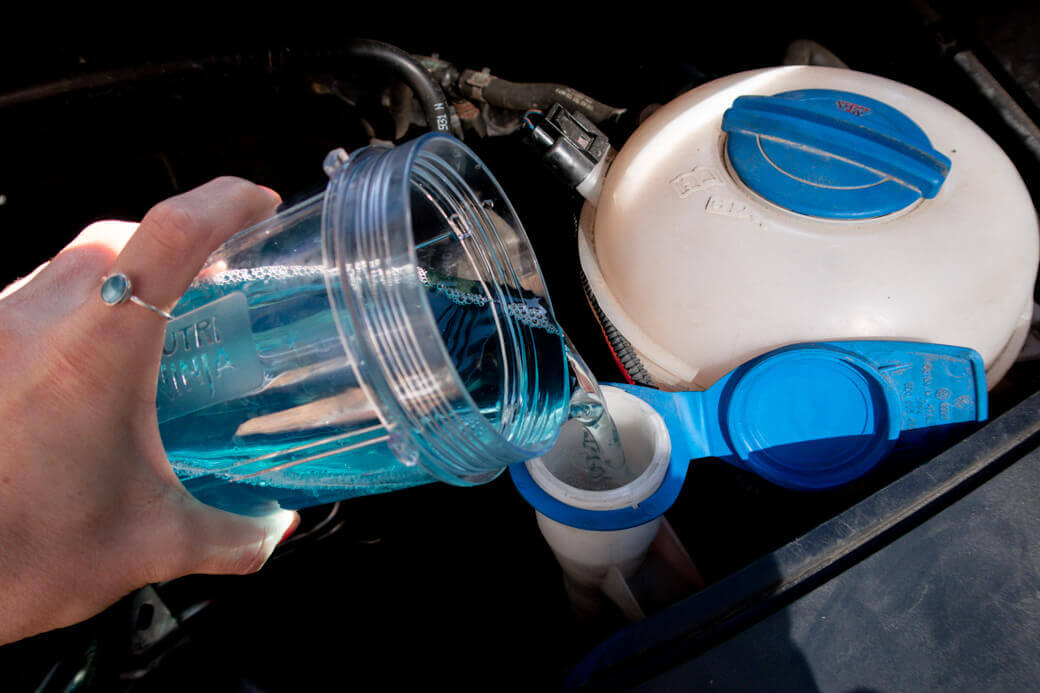
5. Lights
Check that all your bulbs are functioning and that your lights are all working. This includes your headlights, full beams, indicators and brake lights.
Tyres
6. Tyre tread
All of your tyre treads need to be above the legal tread limit of 1.6mm across the middle 3/4 of the tyre and all the way around. You can buy small tyre tread depth gauges online really cheap and it only takes a minute to check. If you are stopped or found with an illegal tyre tread depth, you can face a fine but more importantly, your safety is compromised.
Keep an eye on your treads. There’s no use changing your tyres too early (cost and environment) but you certainly don’t want to fall below the legal limit.
Shop Michelin tyres here. I have the Agilis Cross Climate tyres for the ultimate road trip grip!
Tip: Consider the weather you will face during your road trip and seek assistance if you are worried about your tyres. Some countries have different legal requirements for tyres so be sure to research in advance for your road trip location.
7. Tyre pressure
Most vehicles have a reference sticker (inside of the fuel filler or drivers’ door jamb) which suggests appropriate tyre pressures for different loads. Not only do you want to make sure your tyre pressures haven’t dropped but you’ll want to consider the extra weight your carrying and increase the tyre pressure accordingly.
I always worry about tyre pressures so I’ve just installed the Michelin Tyre pressure management system which is made up of 4 sensors (1 on each of the tyre valves) and a display that keeps you updated whilst driving! Super handy. Shop the tyre pressure kit here.
If you’re planning on being off the grid or on a long road trip, I’ve just got the portable tyre inflator from Michelin which plugs into the cigarette lighter in the cab and means you can inflate your tyres wherever you are! Shop the tyre inflator here.
If you’re unsure on how to check your tyre pressure, you can watch my step-by-step video guide here.
EXPLORE ROAD TRIPS ON MY BLOG HERE
Other
8. Check windows and mirrors
Make sure your vision isn’t obstructed by any dirt, scratches or dents in your vehicle’s mirrors and windows. May seem silly but it’s a quick check and you don’t want to discover halfway into the journey that you’ve got a big crack in your wing mirror. Hopefully you’d realise that sooner.
9. Check your fuel
Make sure you have enough to get you started and prepare by filling up at a gas station near you that you know has cheap prices. We all know how reluctant we are to pay at the motorway services when the price of the fuel has skyrocketed for convenience.
This will also save you stopping off on your drive and you can get to your destination quicker!
If any flags are raised during these tests, I highly recommend seeking professional help so that you aren’t worsening any underlying conditions that are going to cost you more money to fix down the line!
Additionally…
10. Legal documents and breakdown cover
Make sure you have copies of all the legal documents required in the country you are driving through. This may include things like:
- your driving licence
- a copy of your last MOT certificate
- your insurance
…and always keep to hand your breakdown cover number!
See my European road trip bucket list here.
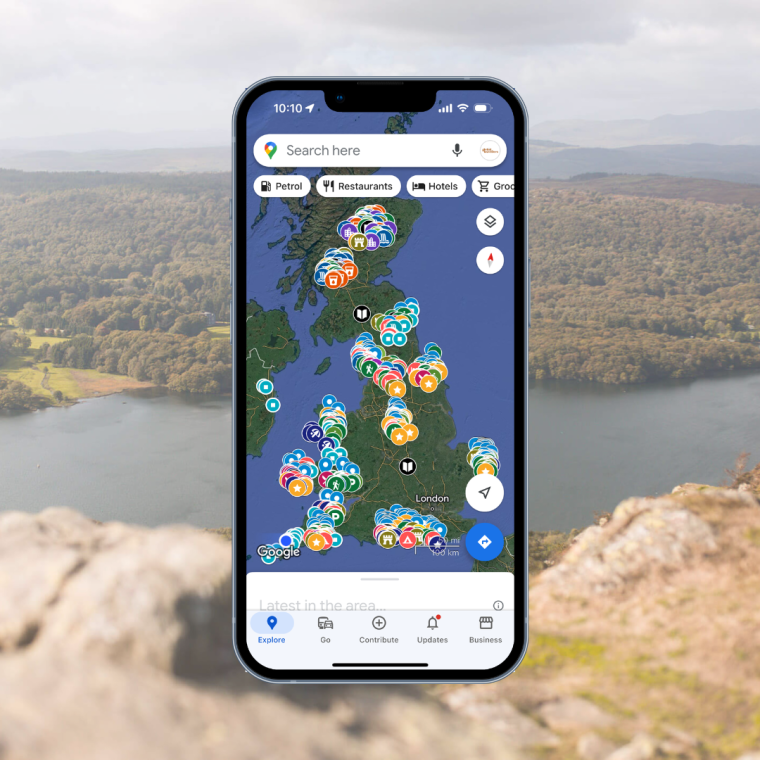
UK National Parks Google Map
Get lifetime access to my endless hours of research and time spent on the ground finding the best places to eat, drink, relax and explore in the area. Simply open the Google Map on your device and all my recommendations are at the touch of your fingertips.
What checks do you usually do before a road trip?
I’d love to know!
Love as always and happy adventuring,
Mollie.
Did you find this post helpful? I’d love you to share it for me.
I can’t do this without you.
Pin and save this blog post for later…
